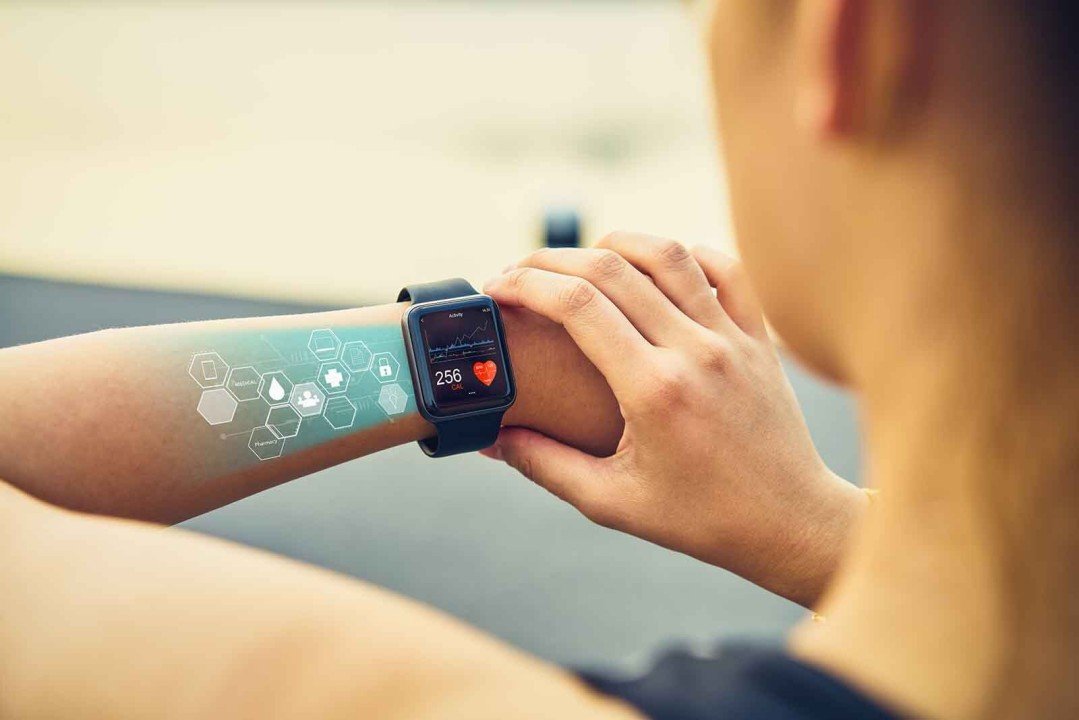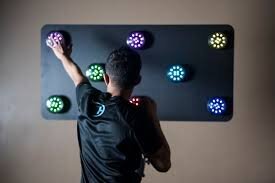Tech in Rehab
Harnessing Cutting-Edge Tech: Revolutionizing Vestibular Physiotherapy and Concussion Management
Read along as I explore the role of emerging technology in vestibular physiotherapy and concussion management
In the realm of healthcare, technology continues to evolve at a rapid pace, offering innovative solutions to age-old challenges. One area where these advancements are particularly promising is in the treatment of vestibular disorders and the management of concussions. There is significant research underway on the use of technology in the assessment of concussions and vestibular disorders. This is a topic we will cover in a later blog post. Let's delve into some of the exciting emerging technologies that are shaping the landscape of vestibular physiotherapy and concussion management.
1. Virtual Reality (VR) Therapy
Virtual reality has emerged as a powerful tool in healthcare, offering immersive experiences that can be tailored to address various medical conditions. In the context of vestibular physiotherapy, VR can be used to simulate real-world environments and movements, allowing patients to gradually expose themselves to situations that trigger their symptoms. This form of exposure therapy has shown promise in treating conditions such as vestibular hypofunction and phobic postural vertigo.
Similarly, in concussion management, VR technology can be utilized for cognitive rehabilitation and balance training. By immersing patients in virtual environments that challenge their cognitive abilities and balance control, therapists can help them regain lost function and accelerate the recovery process.
2. Wearable Devices for Monitoring and Feedback
Another area of innovation lies in wearable devices equipped with sensors that can monitor various physiological parameters in real-time. These devices can track metrics such as balance, gait, head movements, cognitive function, sleep, heart rate and heart rate variability (HRV), providing valuable data to both patients and clinicians.
For individuals undergoing vestibular physiotherapy, wearable sensors can offer objective measurements of their progress over time. By analyzing data trends, therapists can tailor treatment plans to address specific deficits and optimize outcomes.
In concussion management, wearable devices play a crucial role in monitoring symptoms and tracking recovery progress. Athletes, in particular, can benefit from wearable sensors embedded in helmets or headbands, which can detect and quantify impacts, helping to identify potential concussions early and prevent further injury.
3. Reaction Light Training Systems
Reaction light training systems, such as the FitLight Trainer, are becoming popular tools in both vestibular physiotherapy and concussion management. These systems use a series of LED lights that can be programmed to light up in various patterns and sequences, challenging patients to react quickly and accurately.
In vestibular therapy, reaction light training can improve visual and vestibular integration, enhance balance, and increase reaction times. For concussion patients, these systems offer cognitive and physical exercises that target hand-eye coordination, agility, and cognitive processing speed. By engaging patients in dynamic and interactive tasks, reaction light training systems provide a fun and effective way to promote recovery.
4. Computer Software Technology for Cognition and Visual Impairments
Advanced computer software technologies are making significant strides in addressing cognitive and visual impairments resulting from vestibular disorders and concussions. Programs such as NeuroTracker and Dynavision offer cognitive training and visual processing exercises designed to enhance neuroplasticity and improve functional outcomes.
These software solutions provide interactive and customizable exercises that challenge the brain's ability to process visual information, maintain attention, and execute complex tasks. For vestibular patients, this can mean improved visual stability and reduced dizziness. Concussion patients can benefit from enhanced cognitive function, quicker reaction times, and better overall mental clarity.
5. Telemedicine and Remote Rehabilitation
The rise of telemedicine has revolutionized the delivery of healthcare services, making it more accessible and convenient for patients. This trend extends to vestibular physiotherapy and concussion management, where remote rehabilitation programs are becoming increasingly common.
Through telemedicine platforms, patients can connect with vestibular specialists and concussion experts from the comfort of their homes, eliminating the need for frequent clinic visits. Therapists can remotely guide patients through exercises, provide education and support, and monitor their progress using digital tools and video conferencing technology.
6. Artificial Intelligence (AI) for Personalized Treatment
Artificial intelligence holds immense potential for revolutionizing healthcare by analyzing vast amounts of data to identify patterns, predict outcomes, and personalize treatment plans. In the context of vestibular physiotherapy and concussion management, AI algorithms can analyze patient data, including symptoms, medical history, and treatment response, to tailor interventions to individual needs.
By harnessing the power of AI, therapists can optimize treatment protocols, predict potential complications, and enhance patient outcomes. This technology also enables continuous learning and adaptation, allowing clinicians to stay abreast of the latest research findings and refine their approaches over time.
Conclusion:
As technology continues to advance, the future of vestibular physiotherapy and concussion management looks brighter than ever. From virtual reality therapy and wearable devices to reaction light training systems and advanced computer software, these emerging technologies offer new avenues for improving patient care, enhancing outcomes, and ultimately, transforming lives. By embracing innovation and staying at the forefront of technological developments, healthcare providers can usher in a new era of treatment and rehabilitation for individuals affected by vestibular disorders and concussions.
If you enjoyed this blog post and would like to learn more or see how some of these tech items might benefit you, do not hesitate to reach out at info@arphysio.ca.
Leave a comment or like this post and share your thoughts.
Live active and prosper,
Aras Ruslys
Registered Physiotherapist
arPhysio






